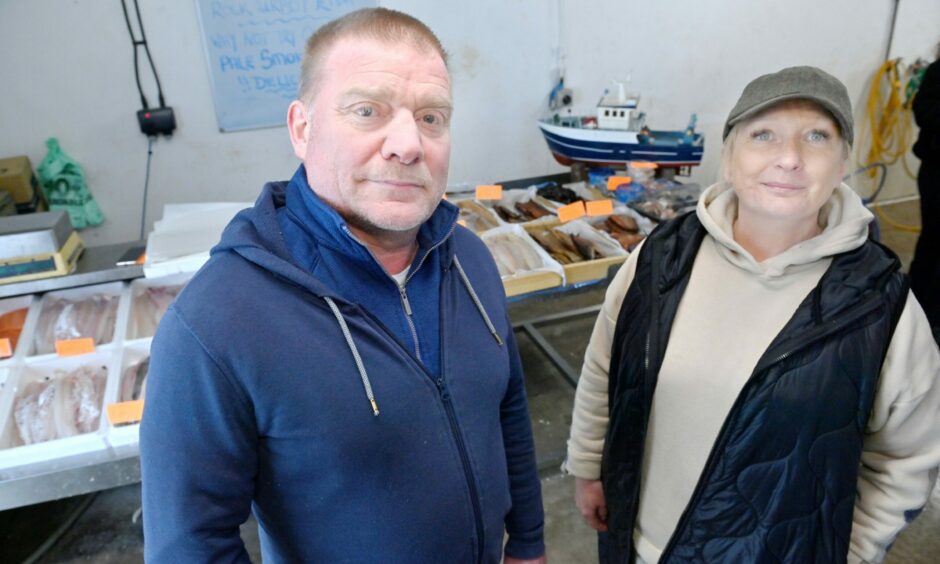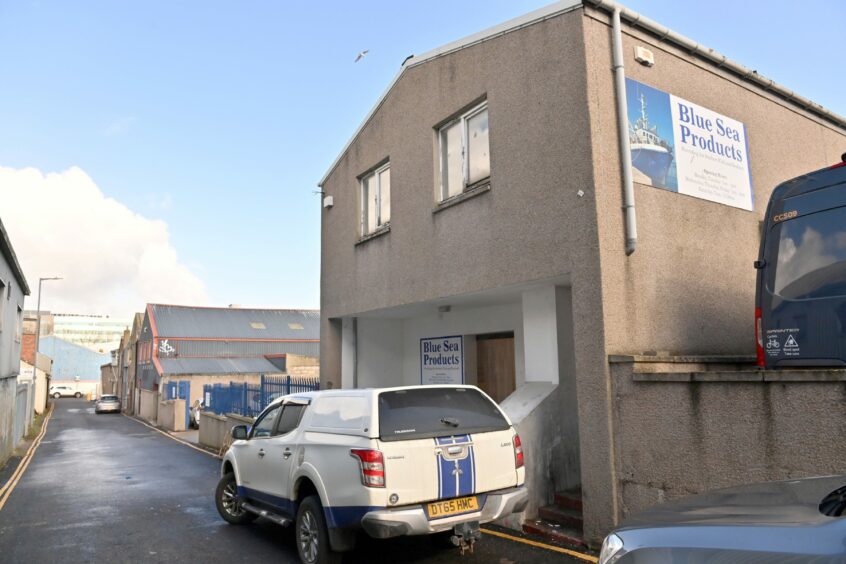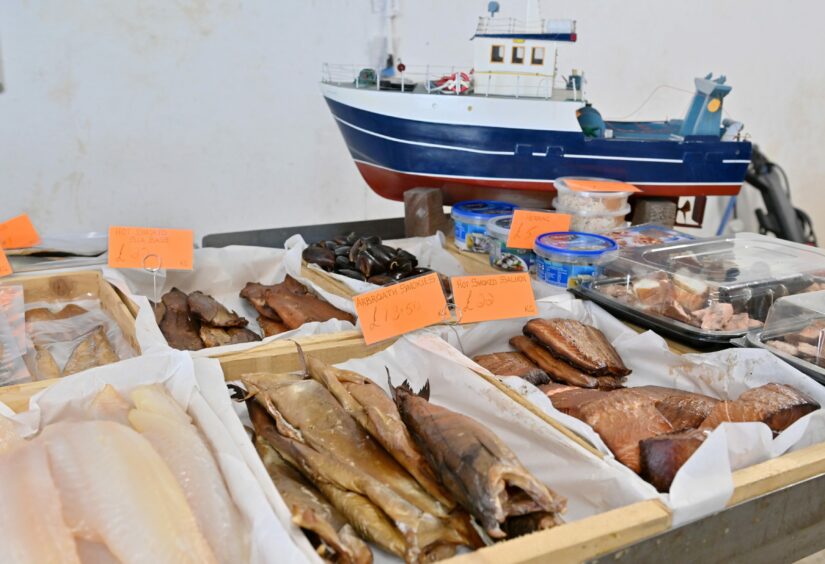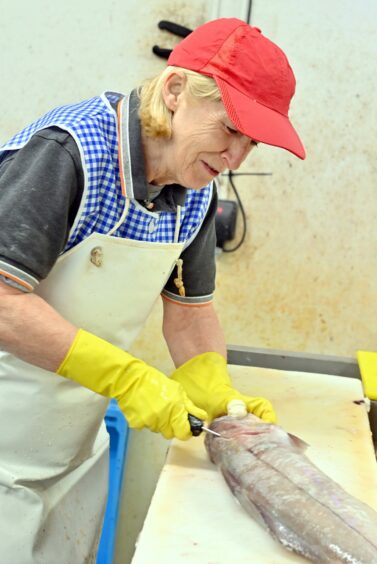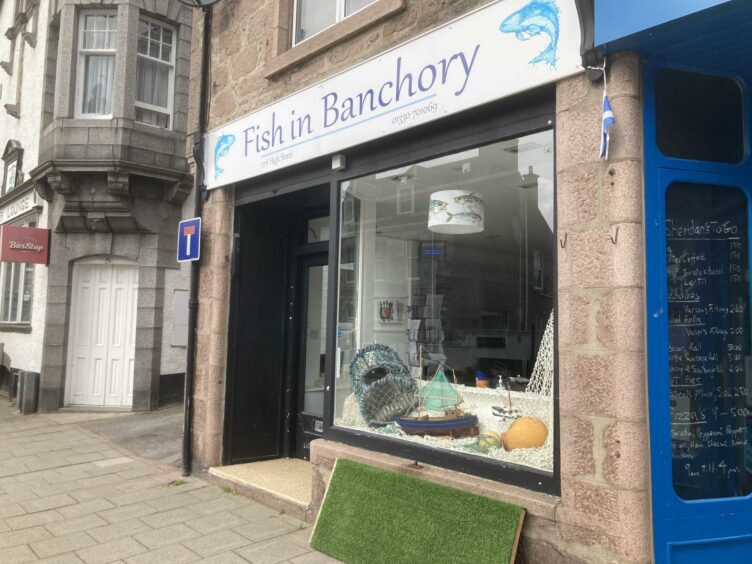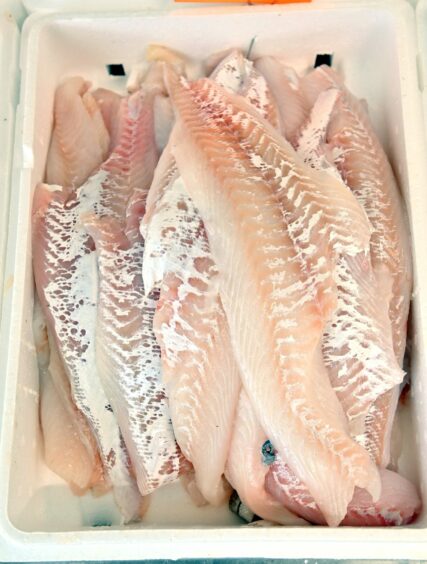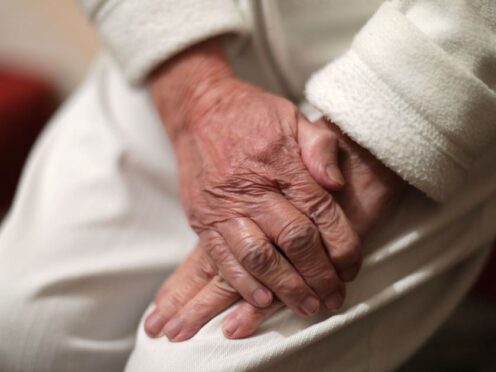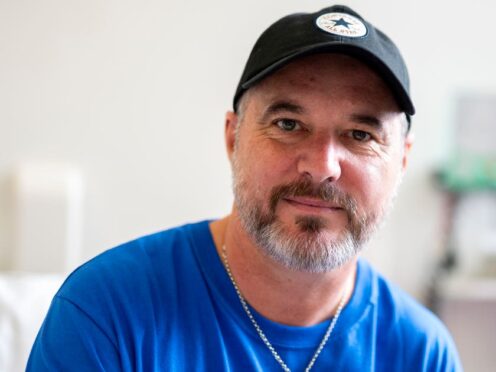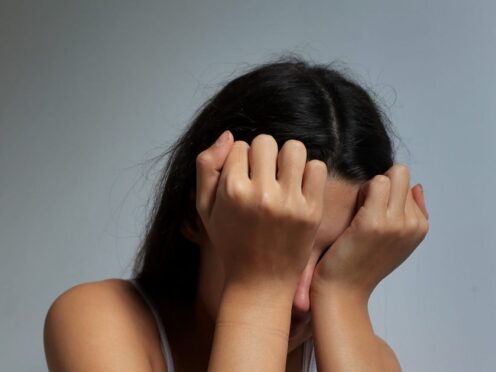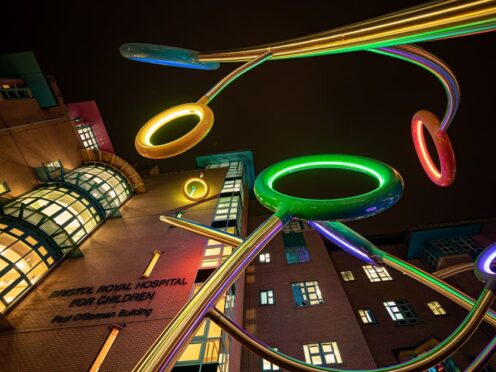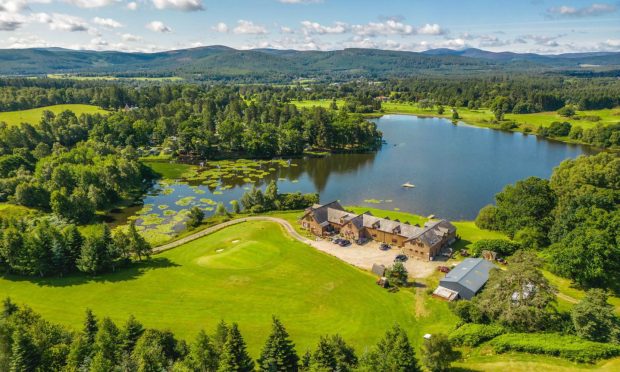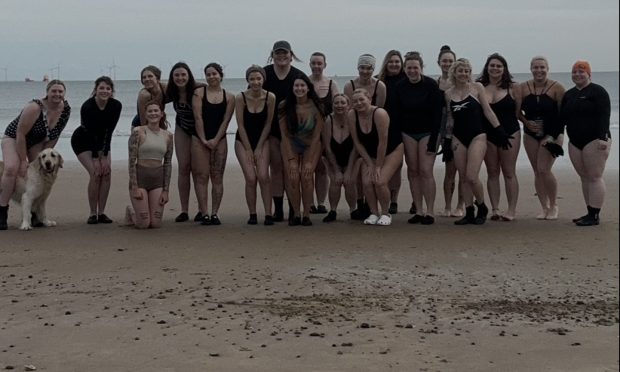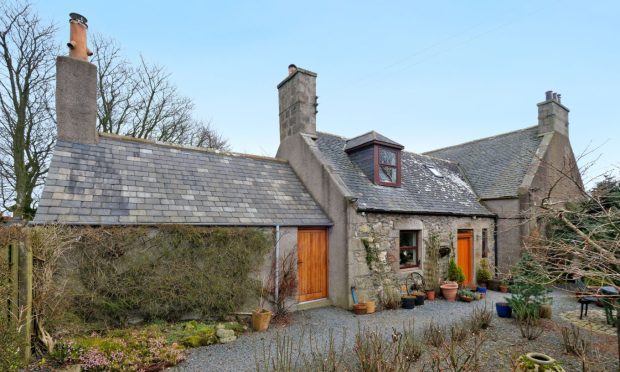It is 10am on a Friday morning, and down the narrow cobbles of Cabel’s Lane a refrigerated van is reversing.
A group of men stand chatting, waiting to unload ice-packed boxes of fish, white plastic aprons flapping against their knees.
It is the same scene one street over on Murray’s Lane, where small, two-storey warehouses back on to the alley. The air is punctuated by the sharp odour of freshly-caught seafood.
These two short streets are the remnants of Torry’s once-thriving fish merchant businesses, which peaked in 1970s when the now-defunct Aberdeen fish market was at its height.
60-year-old George Hosie was a younger man back then. He remembers the buzz around Torry as fish were loaded and unloaded and filleted for the city’s fishmongers.
Across the bridge on Market Street, the Anchorage Bar was the unofficial heart of the community. Every afternoon it would heave with local workers – until 7pm, when it completely emptied. The fishing industry has a notoriously early start.
“Every building here was a processing place,” George says with a sweep of his arm. “Next door, and all along the river up to the bridge. Over the other side of the river too. There was a lot of fish processed here.”
At their peak, George reckons, there were about 500 seafood processors in Aberdeen.
A declining fish industry
Today, Aberdeen has no more than 14. The Anchorage – once booming with hard-playing fishermen – is now the 210 Bistro, a restaurant, bar and conference and meeting venue.
Last month, George himself became a symbol of the area’s decline as a fish processing hub. When J Charles’ shop up the road closed its doors for the last time earlier this year, the Aberdonian became the last fish merchant in Torry who still sells to the public.
“I’m the very last one that sells fish in this kind of manner,” he says as he stands within the whitewashed walls of Blue Sea, the seafood processer and shop on Murray’s Lane he runs with his wife Jacqui.
Laid out on a trestle table just behind the door are the results of George’s trip to Peterhead Fish Market that morning, a journey he makes every weekday. On this Friday, there is the usual haddock as well as some lemon sole.
The range changes depending on what George can pick up for a good price, a saving he passes on to its customers at Blue Sea, and in the two fishmongers he and Jacqui own in Countesswells and Banchory, Aberdeenshire.
Every few minutes a customer pops their head through the plastic tendrils that cover the doorway. Jacqui breaks off to chat, taking them through the day’s specials.
Business is brisk, the prices low. Standing on the wet floor of his shop George wonders why he is “the last man standing in Torry”.
“I think they just gave up at the end of the day,” he says of the other fish shops. “Maybe they haven’t got the oomph.”
The merchant with fishing in his blood
George and Jacqui took over Blue Sea 12 years ago. They’d just opened the fishmonger’s in Countesswells and needed a place to process their fish. George’s father owned the warehouse, in what was very much a family business. His father – George’s grandfather – once owned the processor that backs on to Blue Sea.
“If we didn’t have this place, we couldn’t cut the fish ourselves,” George says of Blue Sea. “It helps us control the price. If I get a bargain at the market, I can pass it on to the customer. They like that.”
At the back of Blue Sea stands George and Jacqui’s secret weapon – the knife-wielding filleter Susan Freeland. Now 63, Susan is also an echo of Torry’s past. She’s been filleting fish since the age of 16 and remembers when the job was an expected career path for young girls in the area just out of school.
Susan remains as passionate about her craft today as she was in Torry’s heyday, expertly separating the best part of the fish from the guts and head. At her feet, a box of castoffs slowly fills up, waiting to be sent to a local animal feed producer.
A dangerous job
“It takes a long time to learn,” Susan says, cutting into a flank of sole. “You’ve got to get the weight of the fish, and maybe there’s too much flesh and bone. It’s like being at the butcher’s: You’re trying to get the best cut of the fish.”
It is a skilled job, and one that comes with dangers. And though her fingers sometimes ache from arthritis and occasionally her shoulders act up, Susan knows she’s survived her profession relatively unscathed.
Not long after she started out, she witnessed an 18-year-old girl slice off a finger on an unprotected saw blade.
A lockdown expansion
These days, most of George and Jacqui’s sales are through their two shops. They expanded to Banchory last November after a lockdown during which business boomed.
“We thought, well, people have been good to us, so maybe it’s time to try something,” Jacqui says of the decision to open in Banchory.
At Blue Sea, however, they have customers that have been coming since George’s father’s time.
“They still call me the new man”, George jokes.
Blue Sea is also home to George’s smoking machine, a well-worn hunk of metal at the back of the warehouse that the fish merchant proudly shows off to anyone that asks about it.
George says he’s the only fishmonger in Aberdeen to smoke his own fish, giving him even more control over prices.
The end of an era for Torry?
A cloud, however, hangs over Blue Sea, and Torry’s traditional way of life.
In 2020, Aberdeen Harbour Board, which owns the land along the Torry riverfront, unveiled plans to turn the area between the Queen Elizabeth and Victoria bridges into a space for up to 258 homes, a public square and 6,600 sq ft of retail space.
The redevelopment, if it goes ahead, aims to transform the waterfront into a luxury residential area overlooking the river.
Those that own the fish processors, with their smokeries and other invasive smells, are worried about where they fit into the plan for a modern, preferably odour-free Torry.
Jacqui is adamant that modernisation will not force her out of the area.
“Why would we want to move out of Torry?” she says. “It’s history. There are a lot of processors on the other side of the river, but this is where it started.”
George, for his part, is more philosophical. “If I have to, I’ll just get premises elsewhere,” he says with a shrug, before pointing to the grizzled old smoke machine.
“And that,” he adds, “is coming with us wherever we end up.”
